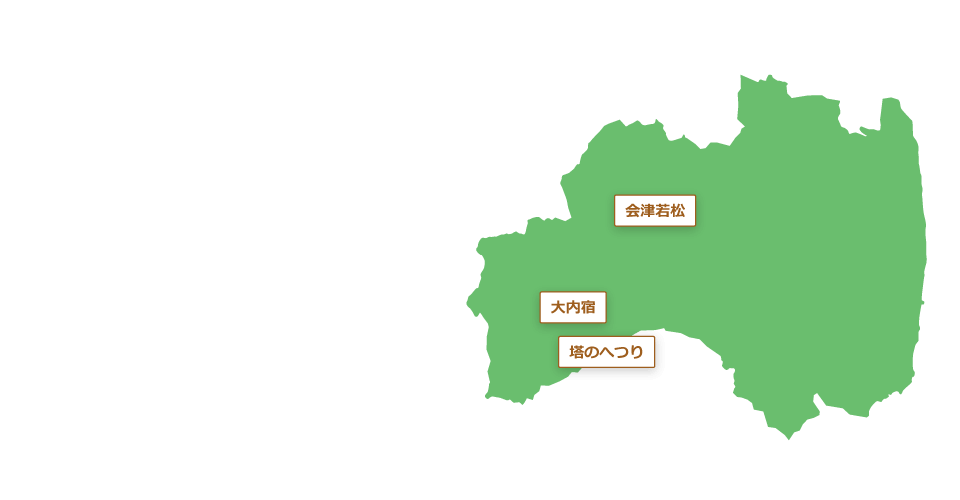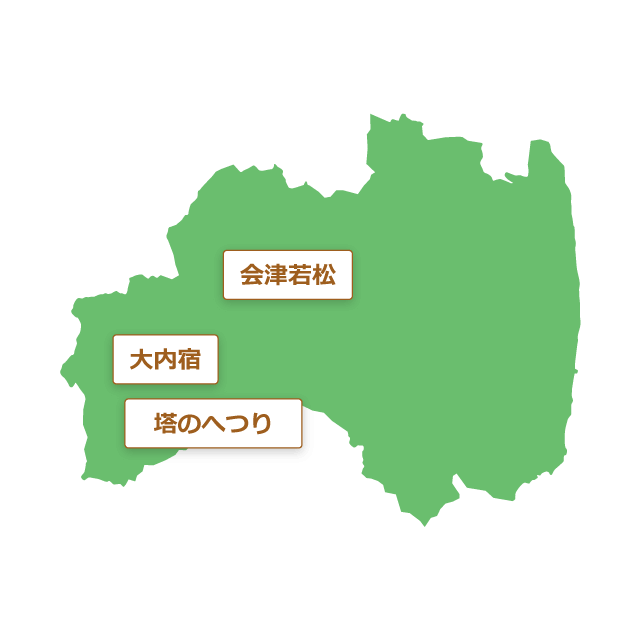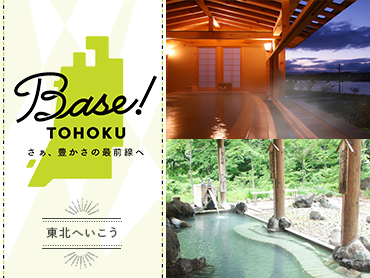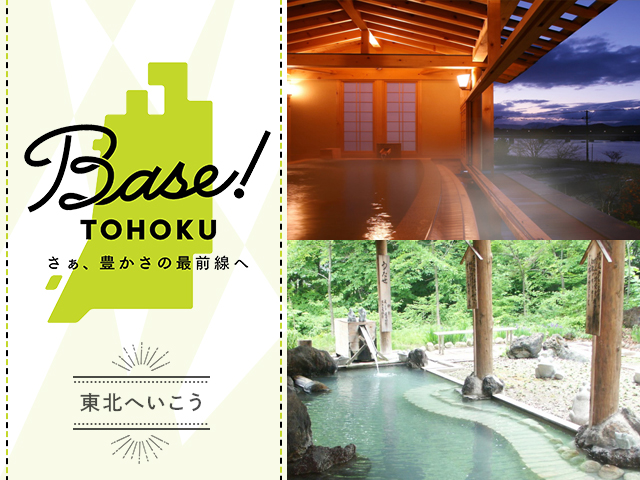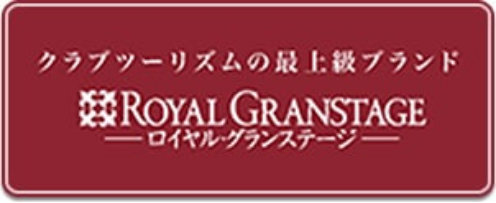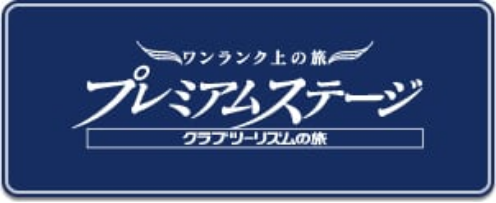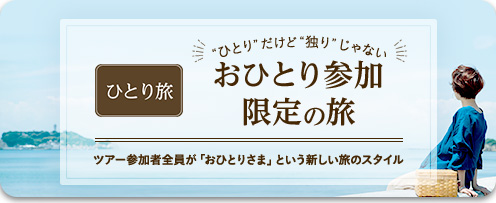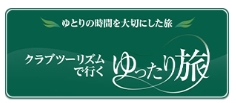Fukushima trip, Fukushima tour


New Announcements
Popular Fukushima travel tours Each place of departure
Popular bus tours departing from Tama and NishiTokyo
Fukushima Travel Search Tours
Introducing popular spots and attractions in Fukushima Prefecture
Want to know more about Fukushima Prefecture? Check out these must-see spots!

(Image)
A famous local park filled with love for Akabeko
Did you know that there is a local park in Aizuwakamatsu that is famous for its adorable Akabeko figurines?
Its name is, quite aptly, "Akabeko Park." It is a small park in the town, but Akabeko play equipment is installed here and there, and it has become a hot topic for its relaxing and soothing atmosphere, with many people from outside the prefecture visiting and uploading photos to social media. Having also been featured on a television program, Fukushima's traditional local toys are now in the spotlight.
In the Aizu region, where cows are called beko, Akabeko has a long history, said to have originated from a red cow that warded off plague during the Heian period. Since then, it has been used as a toy to ward off plague and to ward off evil spirits among children. Some toys are known for having their heads designed to swing back and forth, but the Akabeko at Akabeko Park are versatile and serve as a slide that you can climb down on your bottom, the base of a water fountain, a chair, and more. Akabeko Park is where you can feel the love of Akabeko among the prefecture's residents and feel kindhearted. It's definitely worth stopping by at least once.

(Image)
Oku-Aizu Showa Village, the home of silkworm weaving
Oku-Aizu Showa Village is located in the western part of Fukushima Prefecture. It is a beautiful place surrounded by mountains, and offers beautiful scenery throughout the seasons, such as flowers and autumn leaves. This area, with its traditional scenery, has been cultivating a plant called "karamushi" for over 300 years, the only place in Honshu. "Karamushi weaving," made using this karamushi, is said to be the oldest textile in Japan, and was a valuable fabric that was once presented as a tribute. In the past, karamushi weaving was a cash crop necessary for people to live in this area, which is often cut off by snow. Most of the process, from cultivation to weaving, is done by hand. Currently, the production techniques are being passed down, product processing is being actively carried out, and successors are being trained to pass on the tradition to the younger generation.
There are many places in Oku-Aizu Showa Village where you can experience karamushi weaving. You can even try karamushi weaving at the Roadside Station Karamushi Weaving Village Showa Orihime Exchange Center. You can also learn more about karamushi weaving at the Karamushi Craft Museum. Furthermore, at Shirakabaso, a hot spring resort with a free-flowing source, you can not only enjoy the hot springs, but karamushi weaving is used throughout the building. It's definitely worth a visit when you visit the village.
Fukushima travel related features
オンラインで気軽に旅行相談
Customer Co-Creation Activities
Latest Tours and Information
Club Tourism Travel Brand
Overseas Travel
Club Tourism Internet Membership Information
-
A wide range of services exclusively available to members
-
Search for trips anytime, anywhere!
-
Be the first to know about the best seasonal travel deals!

